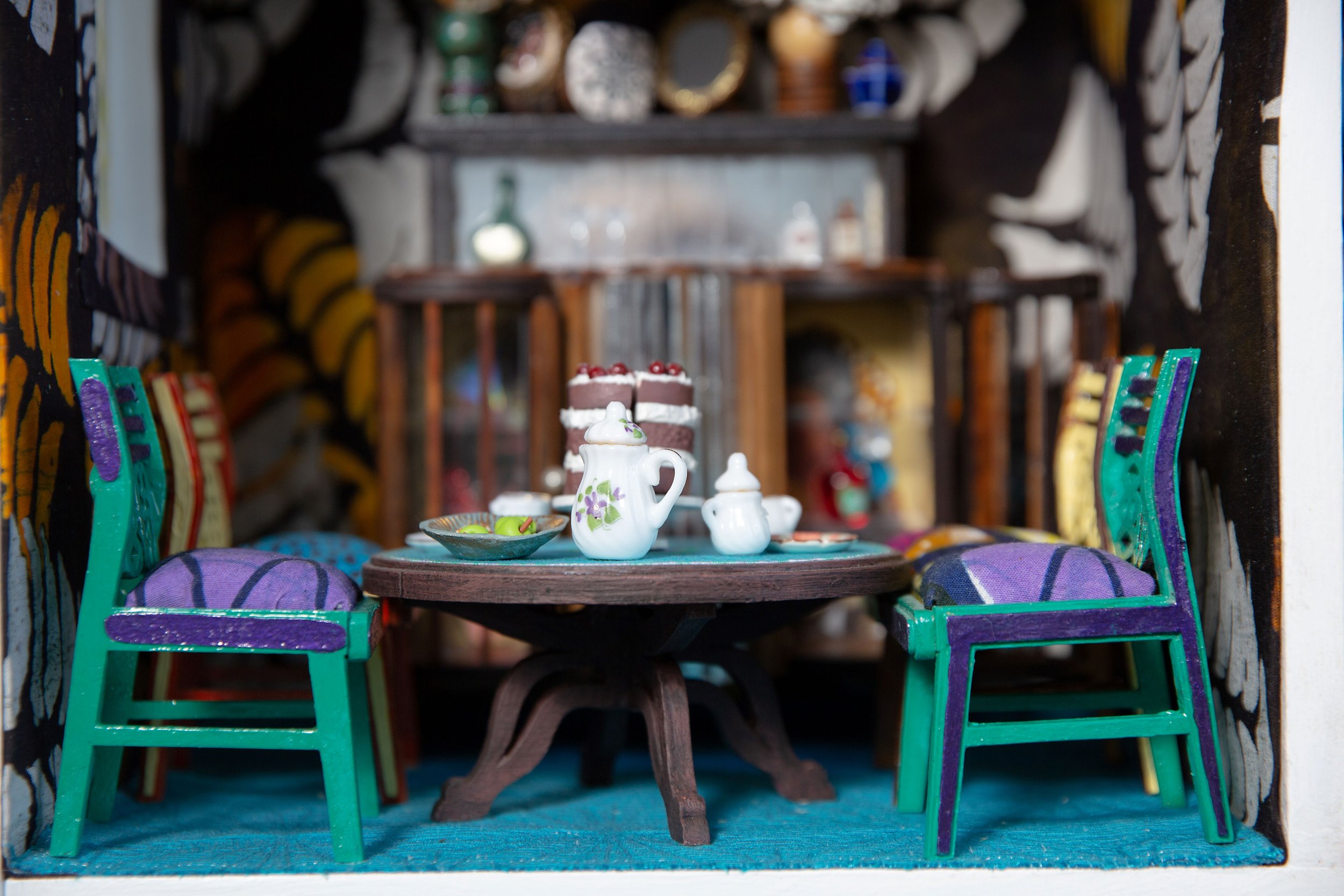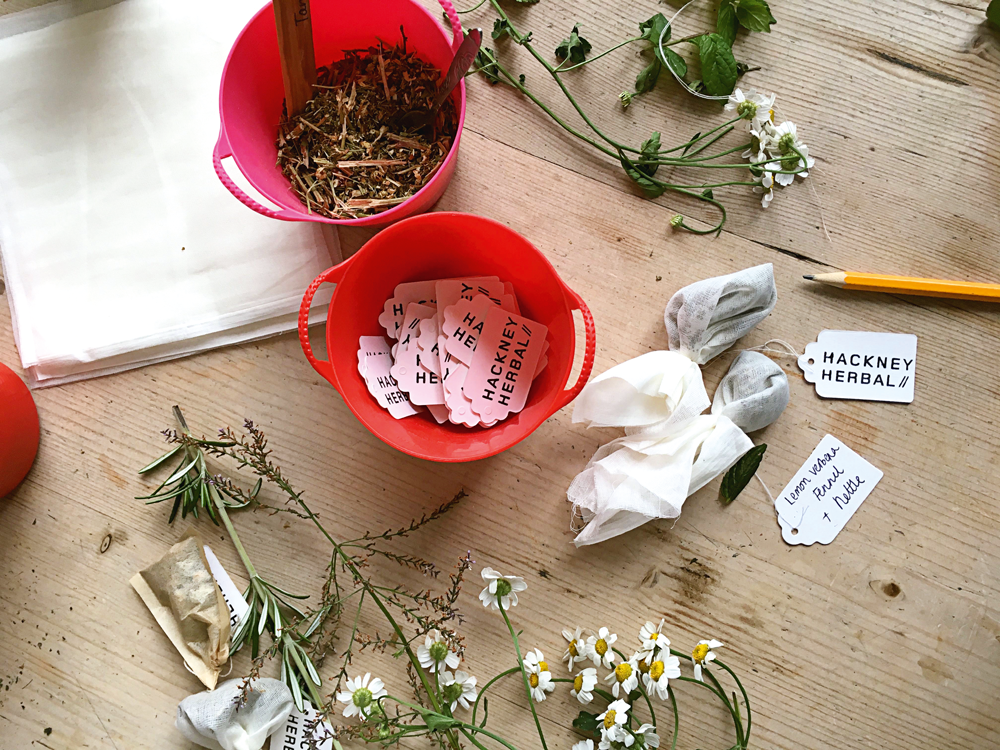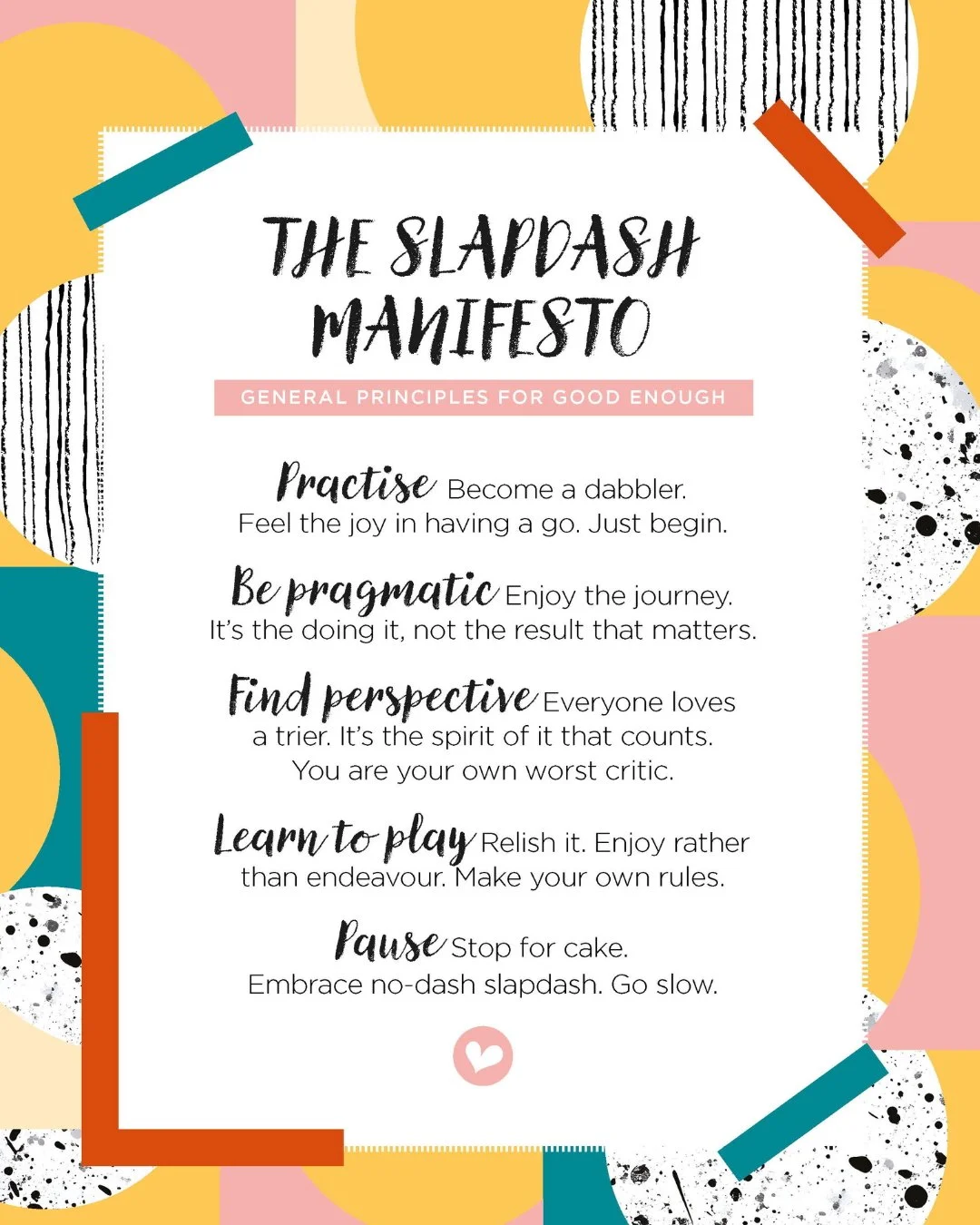Were you the proud owner of a rubber collection or a keen creator of garden homes for clay dragons? You’ve found your people. Read on…
We’re celebrating the art of being bored in our May issue, something we’ve all got a little more time to dedicate to at the moment. And we’ve been remembering the ways we used to spend long days with not much to do when we were children, when hobbies mainly took place in our bedrooms and craft equipment might extend only to a tin of paints, some polymer clay and a scrapbook, but were no less absorbing for it. If anything we were more obsessed then than we have been since.
We asked The Simple Things staff what their favourite strange hobbies were as children and have made a list of the most popular here, along with ideas for how you could ‘grown-up-ify’ them to enjoy them again. (Though don’t let us stop you if you still want to build a matchbox house for a woodlouse. Life’s rich tapestry and all that…)
Building tiny things
Wasn’t Fimo and the like an absolute dream for creative types? Several of us spent most of our formative years making entire tiny villages and peoples from polymer clay, painstakingly cutting out tiny eyes, ears, dresses and dragons. One TST staff member (who should remain nameless to save her blushes) then photographed them and stuck all the photographs into notebooks, cataloguing each character and their backstory in tiny, tedious detail. Oh the excitement of being able to create your very own world exactly as wanted it (skill permitting) and then the delicious anticipation of it coming out of the oven, stuck fast to an old baking tray and hotter than the sun for the next 20 minutes, meaning you could only stand and stare on tenterhooks until it was cool enough to handle.
If you’re a pre-Fimo child perhaps you did the same with plasticine, salt dough or something else sticky that dried to a fine, unremovable patina on your sweaty hands, and adhered itself with vigour to your bedroom carpet (sorry, Mum).
Grown-up tiny building: If you still harbour a love of building tiny things deep down, try making walnut shell dioramas. Delightfully bonkers and madly charming. Look them up on Pinterest or Etsy for ideas.
Spotting and jotting
Were you a keen train spotter? Or, possibly even a car number plate spotter? It’s ok. You’re among friends. A frighteningly large number of us remember standing at the living room window making notes of car number plates as they passed and keeping log books of them. Riveting. But there’s a certain delight in looking out for things to ‘spot’ and keeping records of when and where they were recorded. It’s kept Eye Spy books in business for years, after all! What satisfaction there once was in seeing an engine never before glimpsed in our part of the country, or passing a rare Edward VIII post box.
Grown-up spotting and jotting: One word: birds. Shake off your ideas of twitchers being, erm, men of a certain age. Birdwatching is the ultimate cool hobby for those who love spotting things and keeping notes about it. Try How to be a Bad Birdwatcher (Short Books) by Simon Barnes to get you started.
Studying the Argos catalogue to degree level
They didn’t call it the Book of Dreams for nothing. We all remember endless afternoons spent poring over the Argos catalogue, first choosing something from each page we would buy if it was a ‘buy something from each page or face certain death’ situation (obviously). Then we made fantasy wedding lists. Eternal Bow crockery featured quite heavily. Then, when the new catalogue arrived, the best part of all… being allowed to cut up the old Argos catalogue and create room sets for our dream homes, with polished teak dining tables stuck down next to chintzy curtains and garish lampshades. Bliss.
Grown-up catalogue crafting: If you still love a bit of interior design dreaming, get on Pinterest and start creating moodboards for all your rooms. It’ll give you a good starting place next time you have a home decorating project on your hands and is still a surprisingly relaxing way to spend an afternoon with a cup of tea. And best of all, money is no object when you’re window shopping.
Rose petal perfume
Be honest, did anyone NOT at some point strip their parents’ rose bushes of petals, collect them all in a bucket, fill it with water and stir it daily in certainty it would eventually smell like Chanel No 5? And, then, in spite of the disappointment of having created nothing but a bucket of filthy, stagnant water, did any of us NOT do it all again the following week, certain that if we could just tweak the recipe correctly we’d get there? We thought not. It was good fun though wasn’t it?
Grown-up rose petal perfume: Make real beauty products and experiment with essential oils at home. We have a few ideas in our May issue in our feature, Natural Selection. We recommend the skin-boosting body butter in particular.
Building your own zoo
Before we begin, we’d like to apologise to all the woodlice that went home from school in our pockets to the Woodlouse Zoo and ants that probably didn’t enjoy Ant Castle as much as we had hoped, and every poor beetle that spent 20 terrified minutes in our matchboxes. At least our pets had some peace while we were hunting ladybirds. We know now that it wasn’t right, but it’s hard to absorb that message when you’re a three-foot naturalist. Insects are fascinating as well as being an essential part of our environment. Perhaps you need to be nearer the ground to appreciate them fully, and forget about them as you grow and they become further away, but we spent many a happy hour creating habitats for unwilling wildlife and studying tiny thoraxes, little legs and amazing antennae.
Grown-up entomology: If you still have a yearning to build a B&B for bugs, you’re in luck. There are endless habitats on the market for everything from ladybirds to butterflies, and you can always build your own, too, with a few bricks, palettes, sticks and stones and the odd bit of cardboard and cotton wool to create cosy holes for insects looking for somewhere to lay their heads. And you’ll be doing the earth a favour at the same time.
Read our feature The Lost Art of Boredom on p90 of the May issue.
Buy this month's The Simple Things - buy, download or subscribe
More from our May issue…










































































